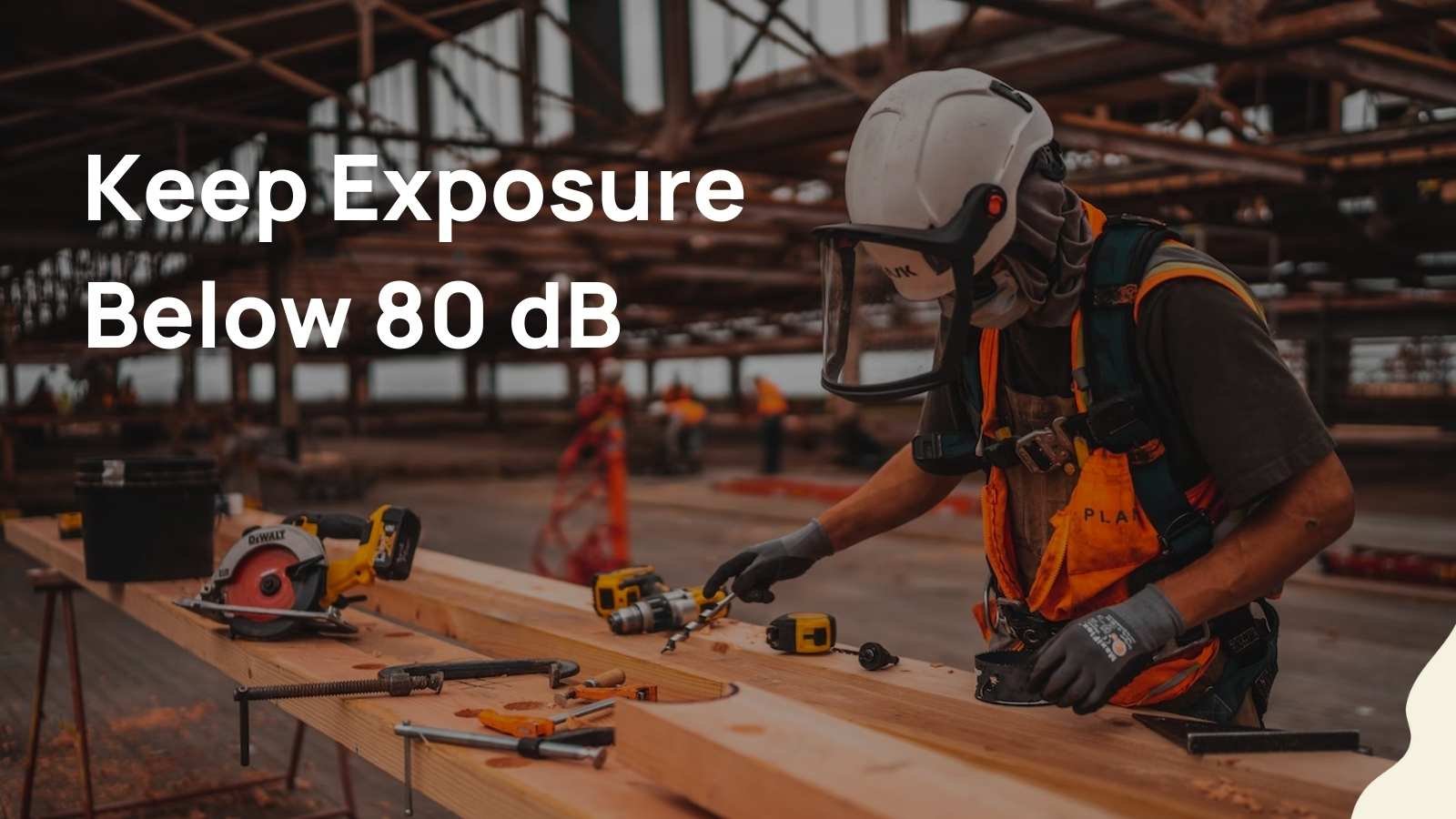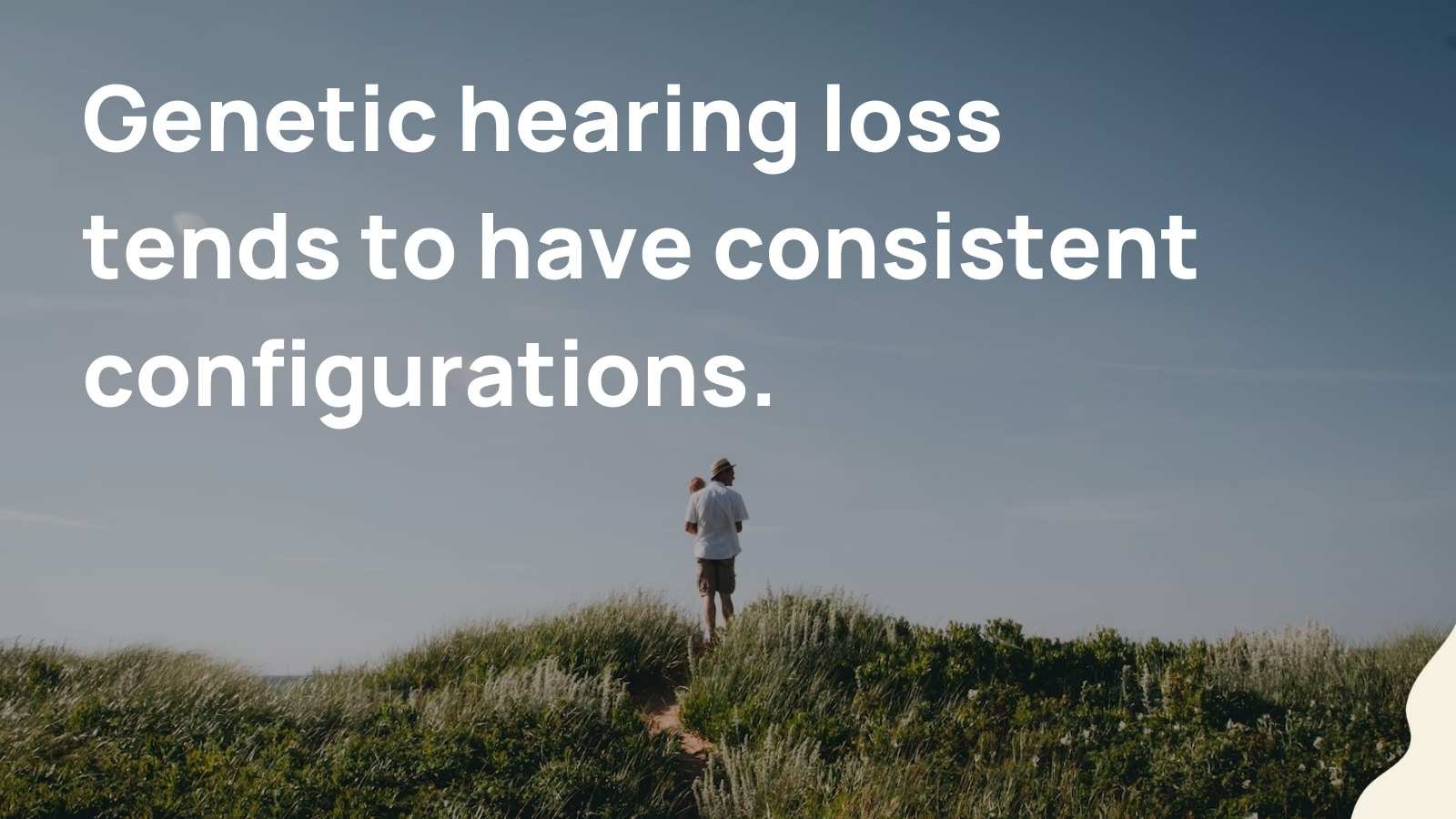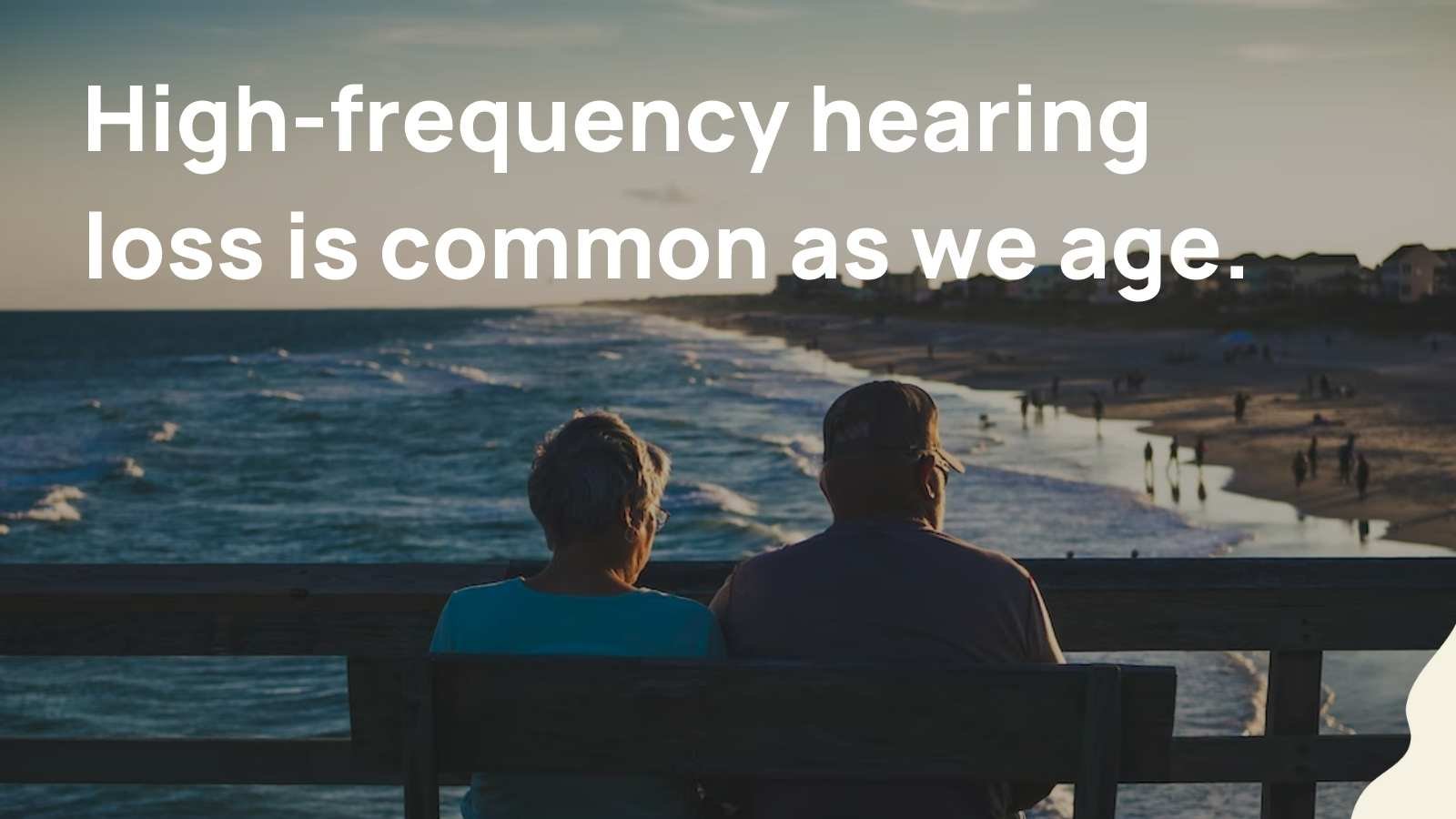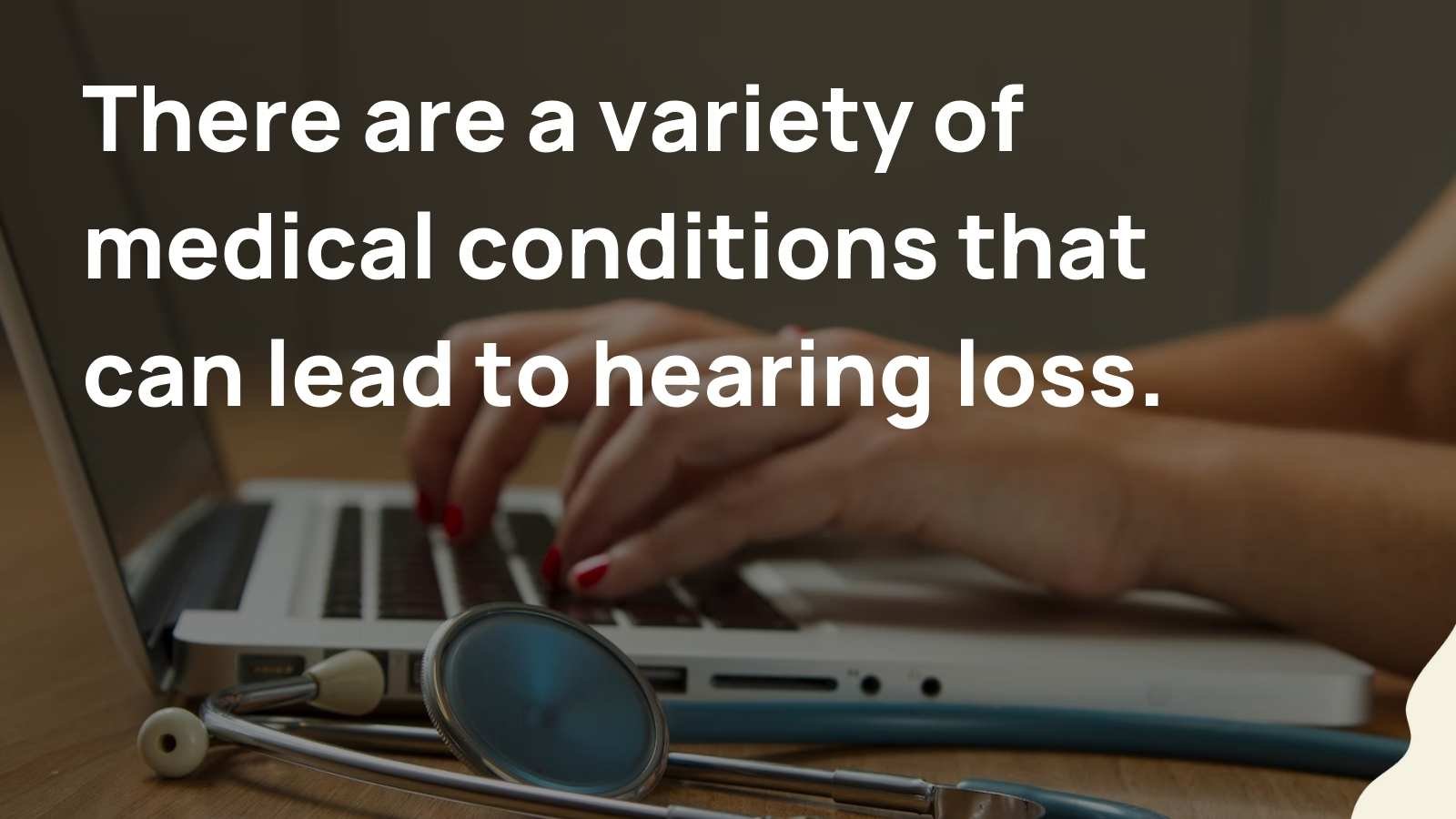As an experienced audiologist, I have had the privilege to work with a myriad of patients, each presenting unique challenges. My experience in the clinical world has been marked by countless fascinating encounters with different types of hearing impairment. Of these, one stands out due to its prevalence: sensorineural hearing loss. This type of hearing loss, which affects the inner ear or the nerve pathways from the inner ear to the brain, is a frequent visitor in my clinic. In this article, I will shed more light on this condition, its causes, and treatments.
First things first. What is SNHL?
.jpeg)
Sensorineural hearing loss is a type of hearing loss that affects the inner ear. What does that mean? This type of hearing loss is permanent and not caused by something like excessive earwax, ear infections, or something blocking the ear.
In the United States alone, it is estimated that about 30 million people aged 12 or older have sensorineural hearing loss. That’s nearly the population of California.
Sometimes people assume that hearing loss affects mostly older individuals. Sound familiar? While hearing loss becomes more likely as we age, the truth is that hearing loss can affect seniors as well as newborns. In fact, the NIH estimates that 2 or 3 out of every 1000 children are born with some degree of hearing loss in one or both ears.
What causes sensorineural hearing loss?
What causes this type of hearing loss? Well, it can have several different causes. Most commonly, it is a result of noise exposure history and genetic factors. However, it can also be caused by medical conditions or other causes. There are four leading causes of SNHL. Read on to find out more.
SNHL Cause #1 - Noise Exposure

What sounds are loud enough to cause damage to your hearing? It turns out that there are many sounds that can cause hearing damage, depending on the volume and length of exposure.
Noise exposure at a high volume or for a long duration takes its toll on your hearing and shows up as a high-frequency hearing loss.
Think of your daily noise exposure in the same way you think about sodium intake. A little bit is ok, but in larger doses, it can be harmful to your health.
The National Institute for Occupational Safety and Health (NIOSH) recommends keeping your noise exposure below 80 decibels (dBA). Exposure to sounds above this level should be limited or avoided in order to prevent permanent hearing damage.
So what does 80 decibels sound like? Imagine a busy city street, a garbage disposal, or a blender. These sounds are all about 80 dB in volume. If you are at the shooting range, the volume of a gun firing can reach 140 dB or more. Even a few seconds of that kind of sound exposure is enough to cause permanent damage. Check out our guide to the best shooting hearing protection to discover more.
These types of sounds are more obviously nefarious. But did you know that listening to a live orchestra playing classical music can also reach volume levels high enough to damage hearing? Turning up the volume on your favorite song on your phone can also exceed 100 dB!
Anyone with loud sound exposure should take care to reduce the volume, walk away, or put in hearing protection. Turning the volume down will help you to enjoy that song for years to come.
Here's a short video that explains how damage occurs:
SNHL Cause #2 - Genetic and Environmental Forms of SNHL

Just like you might inherit mom’s eye color or dad’s smile, hearing loss can also come from your family tree. Genetic forms of hearing loss tend to have a specific pattern or configuration to them, for example, a cookie-bite hearing loss that affects the mid-frequencies.
Environmental factors can also cause hearing loss in infants or children. For example, meningitis, hyperbilirubinemia, or exposure to ototoxic medications are all environmental causes of SNHL.
The inner ear is a very intricate, specialized, and delicate system. Essentially, our genes in addition to our environment, instruct the cochlea, or inner ear, on how it should work. Some children need glasses to help them see better, and others need hearing aids or other devices to help them hear. We’re all different, and that’s ok.
SNHL Cause #3 - Age-related Hearing Loss

Just as vision changes are common as we age, hearing loss becomes more common with age as well.
Have you noticed how the carpet near an entryway receives more wear than it does in other areas of the room? The same is true for your cochlea! High-frequency hair cells and nerve fibers are located at the ‘entrance’ of the cochlea and tend to receive more wear over time. Hence the tendency for high-frequency hearing loss as we age.
Age-related hearing loss, also known as presbycusis, affects the high frequencies and may range from mild to profound. As with many health issues, the degree of hearing loss with age will depend on overall health, noise exposure, and genetic predisposition.
SNHL Cause #4 - Medical Conditions

There are a variety of medical conditions that can also cause or lead to hearing loss. Some of these include autoimmune conditions, viral infections, or conditions that can also affect the inner ear balance system, such as Meniere’s disease.
Any condition that affects overall health can have an effect on hearing. For example, diabetes or heart conditions can be linked to hearing loss due to the way blood flow or circulation is affected.
Does sensorineural hearing loss affect one or both ears?
Sensorineural hearing loss most commonly affects both ears, also known as bilateral sensorineural hearing loss. Generally speaking, hearing loss will impact both ears equally because environmental exposure to the ear is systemic. For example, most noise exposure, age-related hearing loss, and genetic hearing loss tends to impact both ears equally. However, it's not always the case. Extremely loud sounds near one ear (i.e., a gun blast or explosion near one ear) can cause asymmetric hearing loss. Sudden hearing loss, inner ear infections, or other conditions may cause unilateral hearing loss. So while bilateral sensorineural hearing loss is the most common, there are conditions that may cause hearing loss in only one ear or different amounts of hearing loss in both ears.
Signs of SNHL
These are some common signs of sensorineural hearing loss:
- Trouble understanding speech, especially in background noise.
- Lack of speech clarity. (It may seem like people are mumbling.)
- Difficulty understanding women or children (higher pitched voices).
- Tinnitus or “ear noise” in quiet.
Tests for SNHL
A comprehensive hearing test assessment, called an audiogram, is the best test for sensorineural hearing loss. This is a type of test performed by an audiologist, a hearing healthcare professional qualified to diagnose and treat various hearing disorders.
The test will be divided into different parts, involving listening for soft beeping sounds and repeating words. This test takes 20 to 30 minutes on average and gives a complete picture of how much and what type of hearing loss someone has. An audiogram consists of three main parts:
- Puretone air conduction testing - involves wearing headphones or inserting earphones and listening for the softest beeps you can hear.
- Speech testing - repeating words back from either a recorded voice or the audiologist.
- Bone conduction testing - involves wearing a particular type of headband behind the ear and listening for soft beeps.
An audiogram gives good information about hearing loss coming from the outer, middle, or inner ear and how clearly speech is coming through.
For preliminary results, you can take an initial online hearing test for free.
Treatment Options
There are a range of treatment options for sensorineural hearing loss.
One of the most common is hearing aids. Traditionally, a hearing aid is a medical device that is fit to a person’s hearing prescription, or audiogram.
Hearing aids work by amplifying soft, medium, and loud sounds, with the goal of making speech audible at an appropriate and comfortable volume. You can see compare the latest hearing aids using this tool.
With the new FDA ruling, OTC hearing devices will soon be available for those with mild to moderate hearing loss. Starting in October 2022, companies will begin bringing these devices to market.
The good news is that these devices will be an affordable and accessible option for those with mild to moderate hearing difficulty. If you’re able to operate a Smartphone app and feel comfortable self-fitting your device, this can be a nice option.
However, hearing aids don’t always offer enough benefit for those with more significant hearing loss. For those with more severe hearing loss, a cochlear implant is another option. Cochlear implants involve surgery as well as a rehabilitation period lasting weeks or months.
While not a quick fix, cochlear implants can offer benefits for those who qualify and are willing to put in the time and effort.
Conclusion
Sensorineural hearing loss may be a common condition, but each individual's experience is unique, and so are the solutions. The world of audiology offers an extensive array of tools designed to make your day-to-day life easier and more fulfilling.
Be it hearing aids, cochlear implants, or assistive listening devices, there's a solution out there tailored for you. Reach out to your audiologist, join support groups, and connect with others who are on the same path. Together, we can turn the volume down on fear and uncertainty, and amplify the sounds of hope and resilience.






